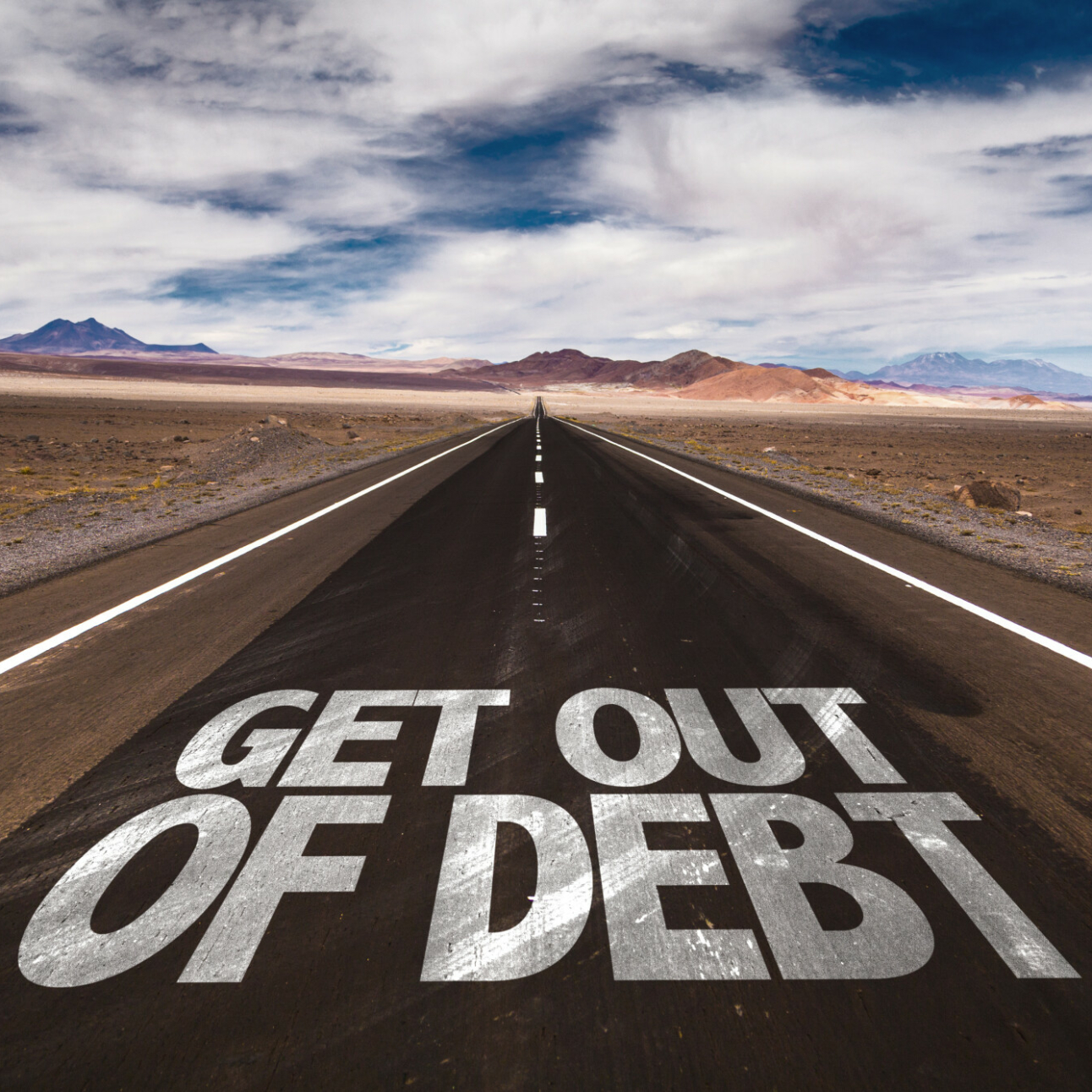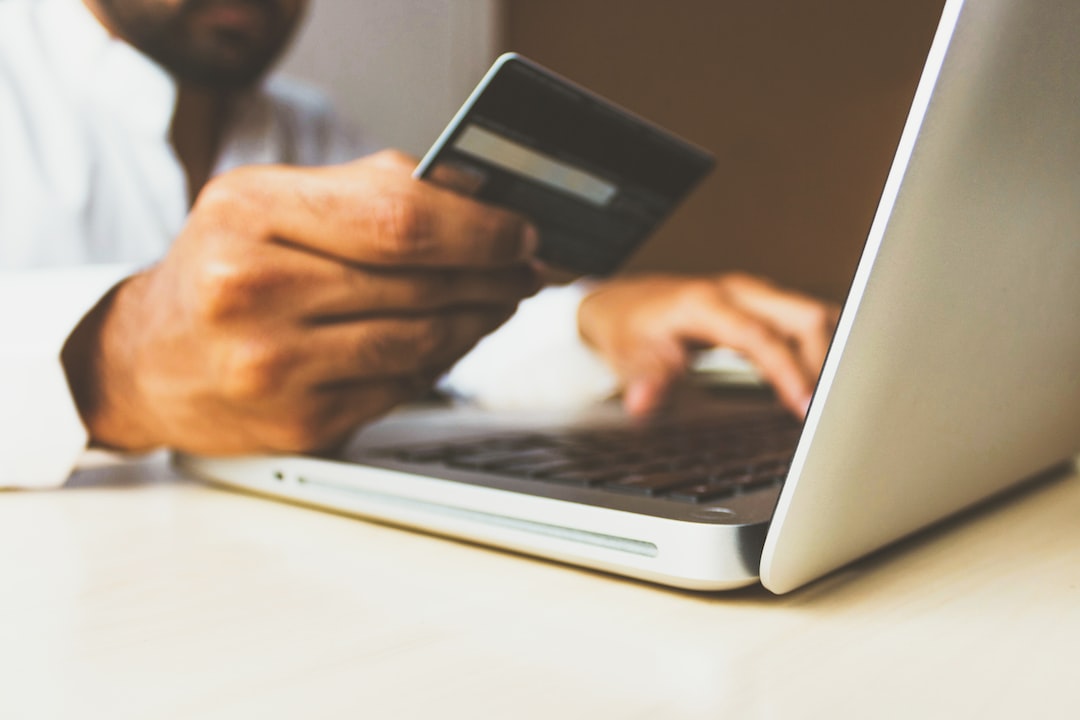
Some consumer debt is a price that most adults accept as part of getting by in the modern world. There are some purchases that are impractical without it, such as a home. Yet, the average consumer debt in Canada, sans mortgage debt, has risen to over $21,000. Of course, that number is even higher for some. When debts spiral out of your immediate control, it can feel overwhelming. Yet, it’s a problem that most people can solve with a combination of time and effort. If you’re struggling with debt, keep reading for the Kingcash guide on how to get out of debt.
Assess Your Finances
It might sound overly simplistic, but you cannot fix what you don’t understand. Unfortunately, many people cannot account for where their money goes except in the most general sense of things like food, bills, and entertainment.
If you want debt relief, one of the first things you need is a clear understanding of where you spend your money. Start with your recurring bills. Think in terms of things like utilities, rent, mortgages, credit cards, and car payments.
Add them up. While that number might shock you, don’t panic yet.
The next thing you’ll do is break those numbers down. Go through your credit card statements and your checking account payments for the last month or two, and put everything into categories.
Things like rent, utilities, and groceries might go into a category called “Essentials.” Things like video streaming services, visits to a coffee shop, and eating out can go into a category like “Entertainment.”
You can name the categories in whatever way makes sense to you, but make sure everything goes into a category. With everything broken down, you can see where and how you spend your money.
Budgeting
When it comes to budgeting, around half of Canadians don’t bother. Yet, your budget is one of the key tools that will help you escape debt. Before delving into the details, though, here is one of the most important budgeting tips.
Budgets can evolve.
It’s easy to think of a budget as a noose that prevents you from doing what you want. That isn’t the function of a budget. It’s just a tool that helps you manage your money.
There are a handful of key budgeting strategies you can pick from, such as:
- 50/30/20 budget
- Zero-based budget
- Envelope budget
- Pay yourself first budget
Each strategy has pros and cons, but the exact one you choose matters less than actually choosing and using one. Any budget will help you exert more control over your finances and pay off your debts.
Pay Off Strategies
Of course, paying down debt is part of any budget, but there are two pay-off strategies that many people find worthwhile: the avalanche method and the snowball method.
With the avalanche method, the first debt you work on paying off is the one with the highest interest rate. You make higher payments or extra payments on that one while meeting your minimum payment obligations on the rest.
Once you pay it off, you take the amount you were paying on that debt and apply it to the debt with the next highest interest rate. This can save you a lot in interest over time.
The snowball method advises starting with the smallest of your debts first. You pay that one off as fast as you can, then add the amount of those payments to your payments on the next biggest debt. Getting those small debts paid can boost your psychological well-being and encourage you to continue.
Negotiate with Lenders
The thing that creditors and lenders want from you, more than anything else, is money. They don’t want to sue you, repossess your car, or do anything else that requires more effort and expense.
That means you can often negotiate with your creditors or lenders to provide extensions, offer forbearances, reduce monthly payment amounts, or even reduce the amount owed. It varies based on the debt.
The takeaway, though, is that your creditors will often work with you if it means you keep paying them.
Bring in More Income
Even with careful budgeting and savvy negotiation with your creditors, your income puts a hard limit on what you can do. While you can stretch a budget, you can’t go beyond your actual income.
Once you reach the point that you can’t stretch your budget any farther, you must bring in more income. One option is a second, part-time job. Even working an extra 10 or 15 hours a week can bring in several hundred dollars more per month.
That extra money can put a big dent in your debts.
You can also look at side hustles. If you possess some skills, you can work as a freelance content creator or an online tutor. If not, you can look at things like working as an online order food delivery person.
Debt Consolidation
For those with excessive debts, a debt consolidation loan can help you get your debt under control. You essentially take out a loan that pays off your other debts and gives a single payment at a lower interest rate.
The catch with this solution is that you must remain vigilant about not letting your debt get out of control again.
If your debt problem is small or you just need a quick infusion of cash, a short-term loan can often help you resolve the issue.
Getting the Most from the Kingcash Guide
The Kingcash guide above offers a lot of ways for you to get some kind of debt relief. You can get the most out of the guide by starting with the essentials.
Assess your finances and make a budget. You may well find that your income can cover your debts with careful budgeting. After that, look at negotiating with lenders and bringing in more income.
Debt consolidation is generally considered a last option because it’s a slow process.
Kingcash provides small, short-term loans for Canadians. For more information about our lending services, contact Kingcash today.


